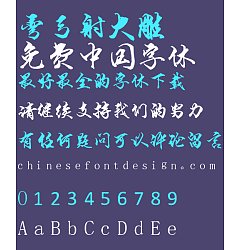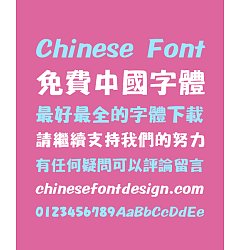Chinese and Cantonese Input Method User Guide
Microsoft Chinese Font Download
After you set up the Pinyin - Simplified input source, you can enter Simplified Chinese characters using Pinyin phonetic input codes.
Enter Chinese characters using Pinyin - Simplified

⁄ Chinese Bold ⁄ Chinese Calligraphy Fonts ⁄ Chinese Cursive ⁄ Chinese Handwriting ⁄ Chinese Kai Shu ⁄ Chinese li shu ⁄ Chinese Ming Ti ⁄ Chinese Other Font ⁄ Chinese Running Script ⁄ Chinese Seal script ⁄ Chinese Song Ti ⁄ Chinese Yao Ti ⁄ Uncategorized.

Neo geo roms batocera. On your Mac, switch to the Pinyin - Simplified input source.
In an app, do any of the following:
Enter Pinyin: Type the input codes for the characters you want to use, then select the characters in the Candidate window. For example, to enter 苹, type “ping”, then select 苹 in the window.
Enter Full Pinyin (Quanpin): Type the input codes for the characters you want to use, then select the characters in the Candidate window. For example, to enter 西安, type “xi’an”, then select 西安 in the window.
Use an apostrophe to separate syllables that have ambiguous parsings. Full Pinyin has modifications that make typing more convenient; for example, “v” is used to replace “ü” (so to enter 绿, you would type “lv”).
Enter Abbreviated Pinyin (Jianpin): Type the consonant of each syllable in an input code, then select characters in the Candidate window. For example, to enter 计算机, type “jsj” (the input code is “jisuanji”).
You can use both full and abbreviated Pinyin in the same conversion. For example, if you type “pingguogs” with “gongsi” abbreviated to “gs”, the result is still “苹果公司”.
Enter Structural Pinyin (Chaizi): Type a Chaizi input code with two or more syllables, then press Shift-Space bar. For example, type “jiji”, then press Shift-Space bar. The Candidate window opens, and the first candidates shown in the Composition pane are 喆, 兓, and 旣.
With structural Pinyin, each syllable of the input sequence is treated as the Pinyin for one of the components in the character (in order from left to right and top to bottom).
Show the keyboard layout: Click the Input menu in the menu bar, then choose Show Keyboard Viewer.

Enter Chinese characters using Stroke with Pinyin - Simplified
- A list of free Chinese fonts, royalty free Chinese fonts to download. You can use these fonts on Microsoft Windows computer or a Mac computer. These fonts are True type fonts (TTF).
- Looking for Chinese font? Visit Fonts2u and download free Chinese fonts for Windows or Macintosh.
- Open any Office for Mac application. For example, Word. Click the Word menu, or the menu for the Office application you opened, and then select Preferences. Under Authoring and Proofing Tools, click East Asian Languages. Select Japanese, Simplified Chinese, or Traditional Chinese. You'll be prompted to restart the Office application to apply the change.
On your Mac, switch to the Pinyin - Simplified input source.
In an app, use a prefix key (u), followed (without a space) by the stroke input code for a character. For example, you can type the following:
Stroke within Pinyin
Convert iwb to powerpoint. Keyboard key
一
H
丨
S
丿
P
丶(乀)
N
Z
*wildcard
X
If you type “unnzzsh”, you get 字 as the first candidate.
You can also add words to your user dictionary to save time when you need to type the same word again.
Mac Chinese Font Download
You may need to change preferences, for example, to show predictive completions or to change the orientation of the Candidate window.

